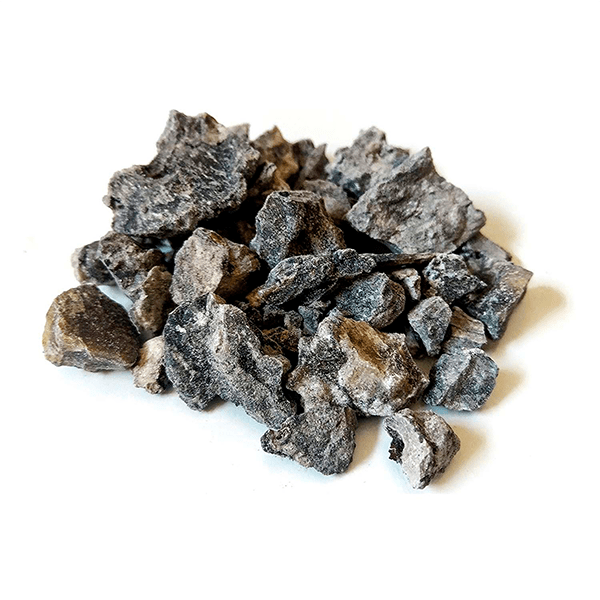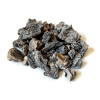Gray Copal
9,00€
Black copal, also called gray or stone copal, is a resin produced naturally by trees of the genus Bursera and Protium. Copal has strong esoteric properties of protection, cleansing, connection and healing.
It is a darker and denser resin, with a woody and balsamic aroma, especially used to strengthen spiritual protection.
Black Copal is very important in Mexican culture, and native cultures have used it for centuries as a sacred resin in their spiritual practices.
The Mayans and Aztecs used it in all kinds of rituals. In Nahuatl, this tree was called copalquáhuitl and its resin copalli, while in its sacred use it was called iztacteteo, the “white god.”
Instructions for use: Light a charcoal and pour a little resin on the coals. The resin will melt and release its fragrance into the air for several minutes.


